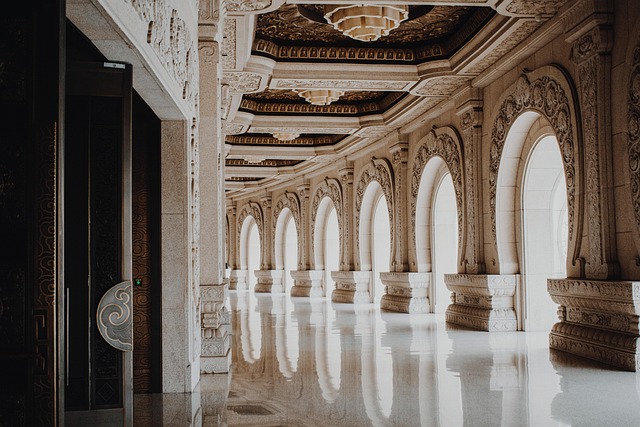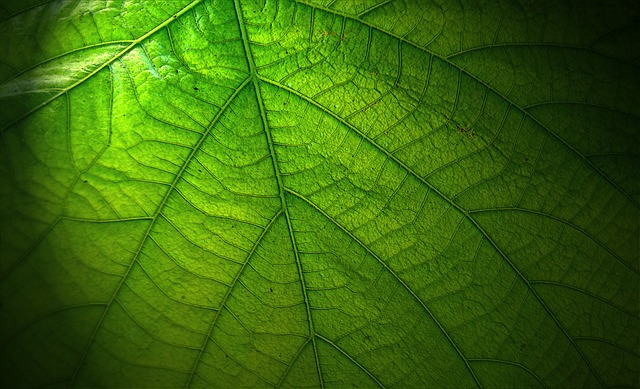For most photography enthusiasts, the pursuit of sharper images is a constant quest. We invest in high-quality cameras and lenses, experimenting with various settings to achieve that elusive level of clarity. Perhaps an often-overlooked factor in this quest is the power of microcontrast. Understanding and utilizing microcontrast can enhance the quality of your images in ways you might not have imagined.
What is Microcontrast?
At its core, microcontrast refers to the subtle differences in tones and shades within an image, which can lead to an increase in perceived sharpness and detail. Where traditional contrast boosts the difference between dark and light areas, microcontrast focuses on the finer details, adding texture and depth. This small-scale contrast is particularly important in photography, where the interplay of light and shadow can breathe life into your images.
The Role of Optics in Microcontrast
The lenses you choose significantly influence the microcontrast in your photographs. High-quality optics are designed to minimize optical aberrations that can muddy fine details. When shopping for a lens, look out for those that promise good rendering of microcontrast. Prime lenses often excel in this category, providing sharper images with more clarity than their zoom counterparts.
Techniques to Enhance Microcontrast in Your Photography
- Use Proper Lighting: Light plays an essential role in how microcontrast appears in your images. Side lighting can help highlight textures and create shadows that emphasize microscopic details.
- Shooting in RAW: Capturing images in RAW format allows for more flexibility in post-processing, enabling you to enhance microcontrast by adjusting clarity and sharpness without compromising image quality.
- Experiment with Textures: Natural textures, such as foliage, stone, or fabric, can benefit from microcontrast. Focus on shooting subjects with intricate details that will shine through with the right lens.
- Post-Processing Techniques: Use editing software to tweak clarity settings and sharpness sliders that specifically target microcontrast, bringing out subtle details that enhance the overall visual impact.
In the world of photography, sharpness goes beyond just a clear focus; it’s about capturing the fine details that create an emotional connection with viewers. Microcontrast allows photographers to reveal textures, patterns, and nuances hidden to the naked eye, offering a depth that can transform an ordinary photograph into an extraordinary piece of art.
Exploring the relationship between your camera, lenses, and microcontrast can open up new avenues for creativity and expression. By choosing the right optics and employing techniques to harness the power of microcontrast, you position yourself to elevate your photography to an entirely new level. So, grab your camera and lens, explore the world around you, and let microcontrast guide you toward sharper, more engaging images.



